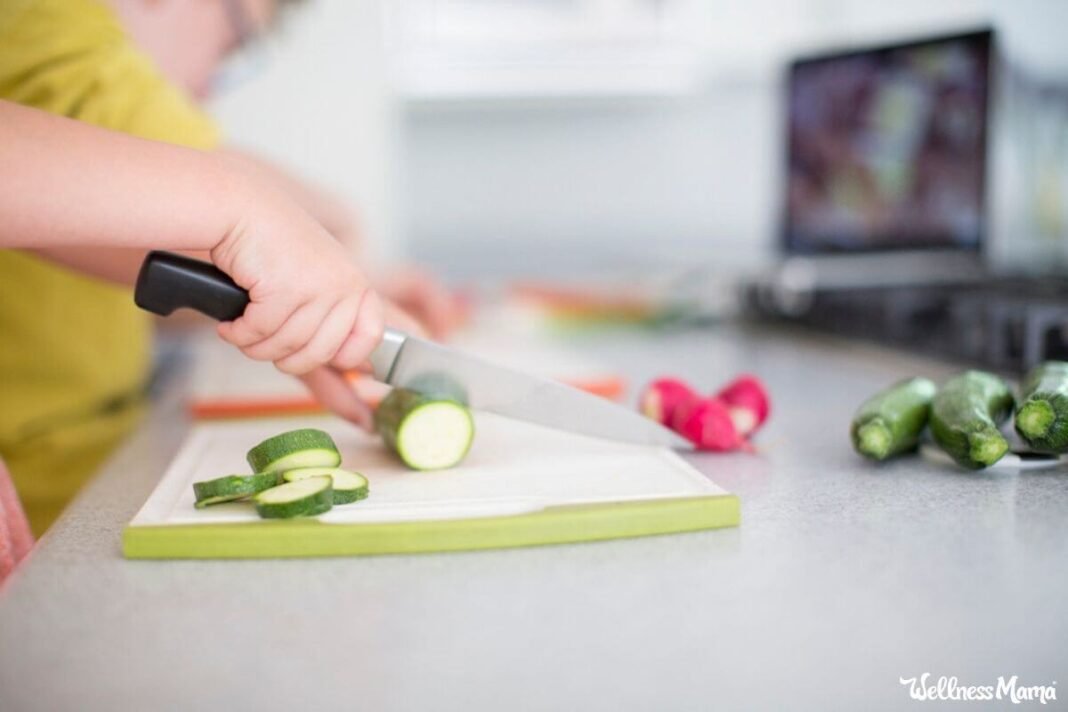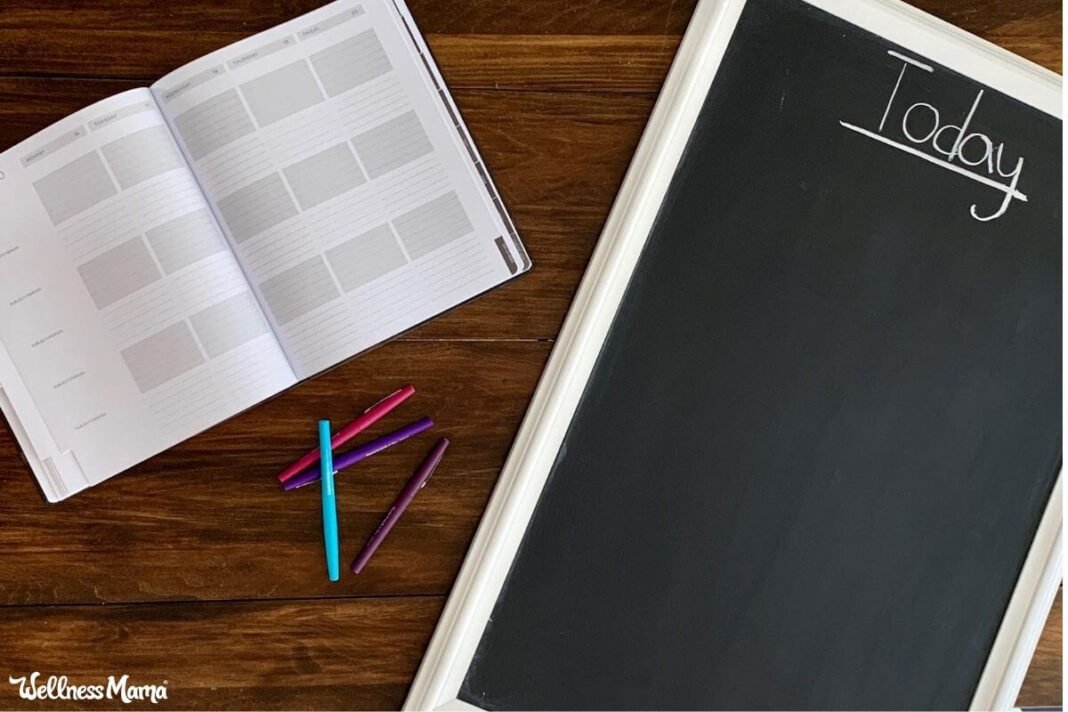As parents, we often find ourselves holding our children’s hands through every task, from tying their shoes to crossing the street. But as they grow, it’s essential to give them the space to develop skills that will build their independence and self-confidence. One of the most valuable yet overlooked skills is learning how to safely use a knife.
Introducing children to knives may seem intimidating at first, but with the right guidance, it can be a rewarding experience that nurtures responsibility and independence. From cutting fruits and vegetables to helping with meal prep, the ability to use a knife is a practical skill that fosters both motor skills and a sense of accomplishment. So, how do we teach our kids to use knives safely? Let’s break it down.
The Benefits of Teaching Kids to Use Knives
Before diving into the how-to’s, let’s look at the many advantages of teaching children to use knives:
- Improved Motor Skills
Using a knife is a fine motor skill that requires dexterity and coordination. By practicing cutting tasks, children refine their hand-eye coordination, grip strength, and finger control. These skills lay the foundation for other everyday tasks, like writing and using scissors. - Enhanced Confidence and Independence
Giving children the responsibility of using a knife safely helps them feel capable and builds their confidence. When they can contribute to preparing meals or performing other chores, they feel like an important part of the family and take pride in their abilities. - Teaches Responsibility and Safety
Learning how to handle knives teaches children responsibility. They understand that a knife is a useful tool, but one that requires caution and respect. When children are involved in safe knife use, they also learn about the importance of safety in other areas of life. - Involves Them in Family Activities
Children often feel excited to join in the kitchen when they know they can help with real tasks. Including them in food prep makes the process more enjoyable and can even inspire healthier eating habits when they’re directly involved in preparing meals.
When Should You Start?
The ideal age to start teaching kids how to safely use knives depends on the child’s maturity and ability to follow instructions. Most children can start learning to use a knife around the age of 6, but this is just a general guideline. Some children may be ready earlier, while others might need a little more time to develop the necessary skills.
The key factor is whether they are able to listen to instructions, follow safety rules, and have the hand-eye coordination to use a knife correctly. It’s important to start slow and never push a child into using a knife before they are ready.
Choosing the Right Knife for Kids
Not all knives are created equal, and selecting the right tool is critical for a child’s safety. The first step is to opt for a knife specifically designed for children. These knives often have rounded tips, non-slip handles, and are made from safer materials. Here are a few options to consider:
- Child-Safe Knives: Many brands offer knives with blunt tips and non-serrated edges. These knives are designed to cut through softer foods like fruits, vegetables, and bread without posing a significant risk of injury.
- Serrated Knives: Once your child becomes more skilled with a knife, you can introduce them to serrated knives, which are better suited for cutting through foods like tomatoes or crusty bread. They require more precision but still offer safety features.
Steps for Teaching Kids to Use Knives Safely
Teaching kids how to use knives is not just about handing them a tool and expecting them to figure it out. It requires a step-by-step approach that prioritizes safety while building skills over time. Here’s a simple guide to get started:
1. Start with Safety First
Before allowing your child to handle a knife, explain the importance of safety. Teach them about the sharpness of knives and how easily they can cause harm if not used properly. Emphasize the following safety tips:
- Always keep the knife pointed downwards.
- Use a stable surface, like a cutting board, to cut.
- Never run with a knife in your hand.
- Make sure the knife is always stored safely when not in use.
Also, establish clear boundaries in the kitchen—children should understand that knives are to be used only with an adult present and never when they are alone.
2. Show How to Hold the Knife
Proper grip is essential for both control and safety. Demonstrate how to hold the knife with a firm grip, ensuring that the hand is wrapped around the handle with the fingers positioned securely. The child’s other hand should guide the food, holding it steady while keeping fingers away from the blade.
At this point, it’s a good idea to model the behavior first. Let your child watch how you handle the knife before giving them one to try. This sets a good example and reinforces safe practices.
3. Start with Soft Foods
When it’s time for your child to take the knife into their own hands, start with soft foods. Items like bananas, strawberries, or bread are great starting points because they’re easy to cut through and don’t require excessive force. This will help your child get comfortable with the motion of cutting without feeling overwhelmed.
As your child gains more confidence, you can gradually introduce firmer foods like carrots or cucumbers, which will help them develop stronger hand control and better knife skills.
4. Focus on Cutting Technique
The key to using a knife effectively is proper technique. Teach your child how to slice with a rocking motion, rather than using brute force. The blade should move through the food, not press down on it. This technique helps prevent accidents and allows for cleaner, more controlled cuts.
Additionally, make sure that your child knows the importance of keeping their fingers tucked in when cutting. This will prevent any risk of accidentally cutting themselves.
5. Supervision and Gradual Independence
When your child first begins using a knife, close supervision is crucial. Be present to guide their movements, especially when they’re learning new cutting techniques. As they gain experience, you can gradually give them more independence, but always be available to step in if necessary.
Encourage them to practice frequently so they can become more proficient. Over time, they’ll gain confidence and will be able to handle a wider variety of foods and cutting tasks.
Making Knife Skills Fun
Children learn best when they’re engaged, so try to make the experience of using a knife fun. Here are a few ideas:
- Create a Food Prep Challenge: Set up a mini challenge where your child has to help you chop different ingredients for a meal. You can make it into a game to see how quickly they can cut a certain number of veggies or fruits.
- Cook Together: Invite your child into the kitchen to cook with you. When children see the end result of their knife skills—such as a freshly prepared dish—they feel a sense of accomplishment.
- Incorporate Knives into Creative Activities: Use the knife to help your child prepare ingredients for a craft or an activity, such as cutting dough for cookies or slicing fruit for a colorful fruit salad.
Final Thoughts
Teaching your child how to use a knife safely is a valuable life skill that fosters independence, builds confidence, and strengthens fine motor skills. By introducing knives in a safe, structured way, you can help them gain the tools they need to thrive in both the kitchen and beyond. Just remember to always emphasize safety, model the correct technique, and most importantly, make the experience enjoyable. With time and practice, your child will soon be slicing and dicing with skill and confidence.
4o





